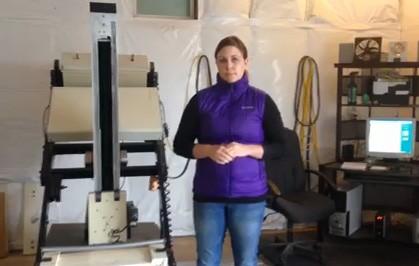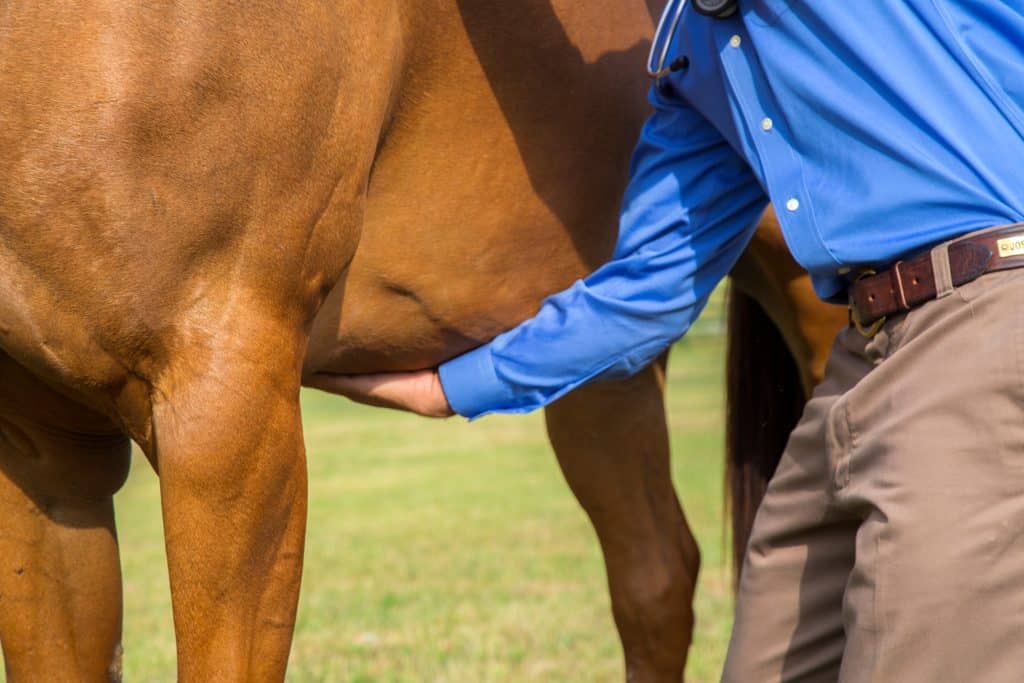Neurectomy for Laminitis
My veterinarian suspects my horse has laminitis. Would a neurectomy help my horse’s condition?
Prevention, diagnosis, and treatment of leg lameness
My veterinarian suspects my horse has laminitis. Would a neurectomy help my horse’s condition?

Dr. Rachel Buchholz explains what “kissing spines” is in horses and its clinical signs.

Find out how watching a horse move under saddle can help a veterinarian during a soundness or prepurchase exam.

Vets can evaluate a horse’s active and passive response during a flex test. Dr. Rachel Buchholz explains.

Discover what flexing a joint can tell a veterinarian about a horse’s soundness.

Dr. Rachel Buchholz explains how bone scans work and how veterinarians use them to diagnose unsoundness in horses.

Researchers found pre-existing abnormalities in all horses with lumbar vertebral fractures that underwent a necropsy.

Learn about three techniques riders can use to improve motion deficits using the horse’s proprioceptive awareness.

When it comes to diagnosing a horse’s lameness, the veterinarian’s eyes are no longer the ultimate diagnostic machine. Learn about scientific advancements that are helping veterinarians better assess lameness in horses.

Horses don’t pass or fail prepurchase exams. Instead, the exam is intended to give you a snapshot of the horse’s overall health and provide information so you can make a sound buying decision about whether the horse is suitable for your needs.

Joint disease causes lameness, impedes training, creates behavioral issues, and can end a horse’s riding career. From hoof care and nutrition to medical and supportive care, learn how to keep your horse comfortable and sound despite joint disease.

The navicular is a tiny bone that can cause big problems in horses. It and its associated structures are responsible for up to one-third of all front-limb lamenesses.

Learn about the standing MRI process step-by-step and take a look inside the equine foot.

Learn why magnetic resonance imaging (MRI) considered the “gold standard” for diagnosing equine lamenesses and get your questions answered about how MRI can help your horses during this live event.

Find out why standing MRI is useful for identifying complex issues in horse hooves and limbs.

Good leg conformation in a horse is a must if that animal is to remain serviceably sound for performance.
Stay on top of the most recent Horse Health news with
"*" indicates required fields